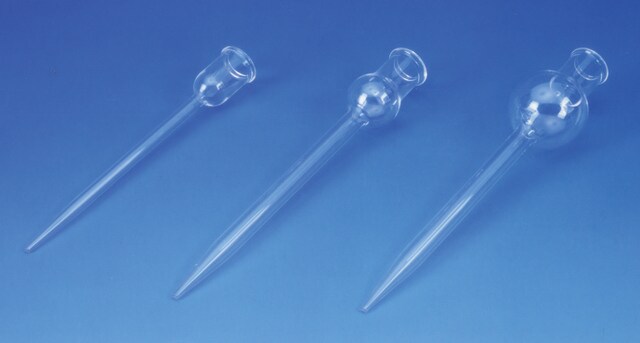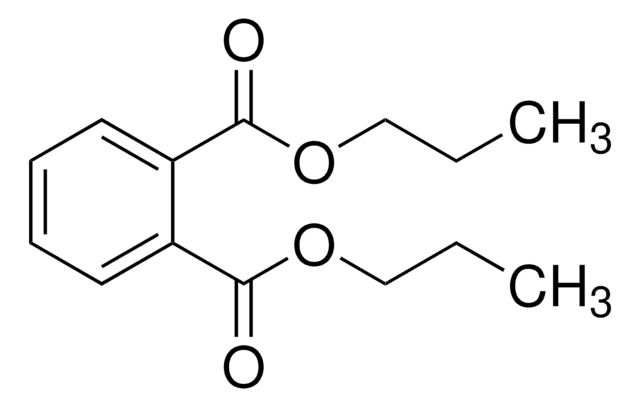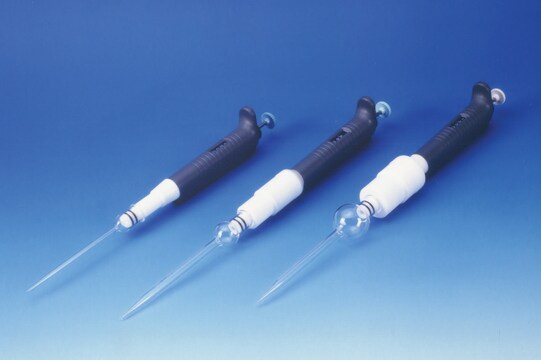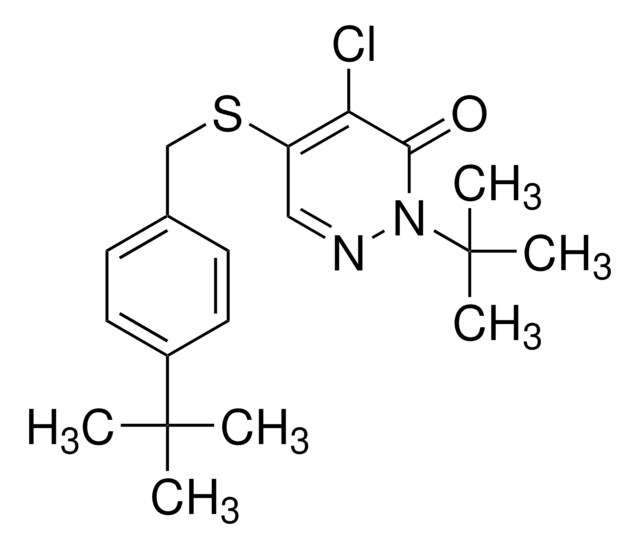MABF2074
Anti-MuLV TM Antibody, clone 42-114
clone 42-114, from rat
Sinónimos:
Murine leukemia virus
About This Item
Productos recomendados
biological source
rat
Quality Level
antibody form
purified immunoglobulin
antibody product type
primary antibodies
clone
42-114, monoclonal
species reactivity
virus
packaging
antibody small pack of 25 μL
technique(s)
immunoprecipitation (IP): suitable
western blot: suitable
isotype
IgMκ
target post-translational modification
unmodified
Categorías relacionadas
General description
Specificity
Immunogen
Application
Western Blotting Analysis: A representative lot detected MuLV TM in Western Blotting applications (Schneider, W.M., et. al. (2008). Virology. 371(1):165-74).
Inflammation & Immunology
Quality
Western Blotting Analysis: A 1:250 dilution of this antibody detected MuLV TM in HEK293 cells infected with murine leukemia virus (MuLVs).
Target description
Physical form
Storage and Stability
Other Notes
Disclaimer
¿No encuentra el producto adecuado?
Pruebe nuestro Herramienta de selección de productos.
Storage Class
12 - Non Combustible Liquids
wgk_germany
WGK 1
flash_point_f
Not applicable
flash_point_c
Not applicable
Certificados de análisis (COA)
Busque Certificados de análisis (COA) introduciendo el número de lote del producto. Los números de lote se encuentran en la etiqueta del producto después de las palabras «Lot» o «Batch»
¿Ya tiene este producto?
Encuentre la documentación para los productos que ha comprado recientemente en la Biblioteca de documentos.
Nuestro equipo de científicos tiene experiencia en todas las áreas de investigación: Ciencias de la vida, Ciencia de los materiales, Síntesis química, Cromatografía, Analítica y muchas otras.
Póngase en contacto con el Servicio técnico






